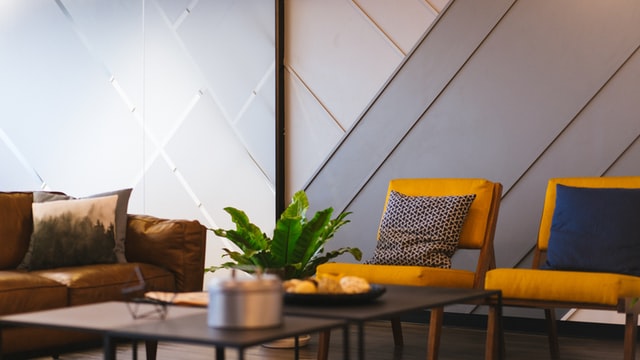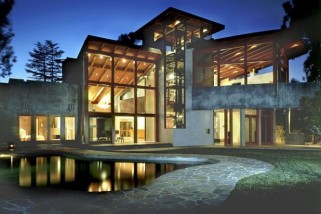
There can be lots of questions related to tenants and landlords and repairs, and while the landlord isn’t responsible for every single repair, there are some mandatory elements that they do need to take care of for rental properties as part of the tenancy agreement.
Landlords are responsible for providing a property in a safe condition, and this includes the fixtures and fittings working and in good order. A leaking tap, a blocked pipe or a faulty electrical socket is the responsibility of the owner or landlord, and regular maintenance and support are required to meet the tenancy requirements.
What things should a landlord fix?
It is fair to say that tenants should have a safe and comfortable property with fixtures and fittings working as required. This means that the gas heater, pipes, plumbing, electrical, and basics in a property should be in good working order and maintained to a safe standard.
Landlords who do not take good care of the property and meet tenancy requirements can be held legally responsible for any issues with a tenancy as per the state and territory tenancy laws.
Lease agreements, entry reports, and laws are in place to protect both the tenant and the landlord, and it is important to ensure the electrical, plumbing, and structural integrity of the property at all times. Landlords are responsible for the following:
- Fixing leaking taps.
- Fixing blocked drains.
- Repairs to existing fixtures or fittings that need updates or replacing due to wear and tear.
- Broken fixtures that do not work and are not the fault of the tenant.
For a full rundown on the tenants and landlords areas of responsibility, it is always a great idea to check tenancy agreements to get a full overview of who is responsible for what.
There are situations where changing a light bulb or replacing a battery in a smoke detection device can be done by the tenant and where possible, an open dialogue can help to ensure the tenant and landlord work together to ensure the best outcome for both parties in a tenancy. Also, modifications to accommodate special needs and disabilities such as railings, additional comfort room facilities, and modified doors, should be worked out by the tenant through their NDIS support coordination provider.
There are always unique situations with wear and tear, repairs, and maintenance for a property, and tenants and landlords should be aware of the condition of the property and any ongoing repairs and maintenance issues that need to be attended to.
Disputes should be managed by state or territory authorities and any issues can be managed by a tenancy legal professional. Both landlords and tenants have rights in a tenancy and there are set responsibilities and conditions outlined in the tenancy agreement to ensure all are aware of their roles in the tenancy.
- Top-Five Farm Gate Signs Ideas - August 17, 2022
- 7 Benefits of Engineered Wood Flooring - January 27, 2022
- How Smart Homes are Impacting the Interior Design Industry - January 10, 2022











